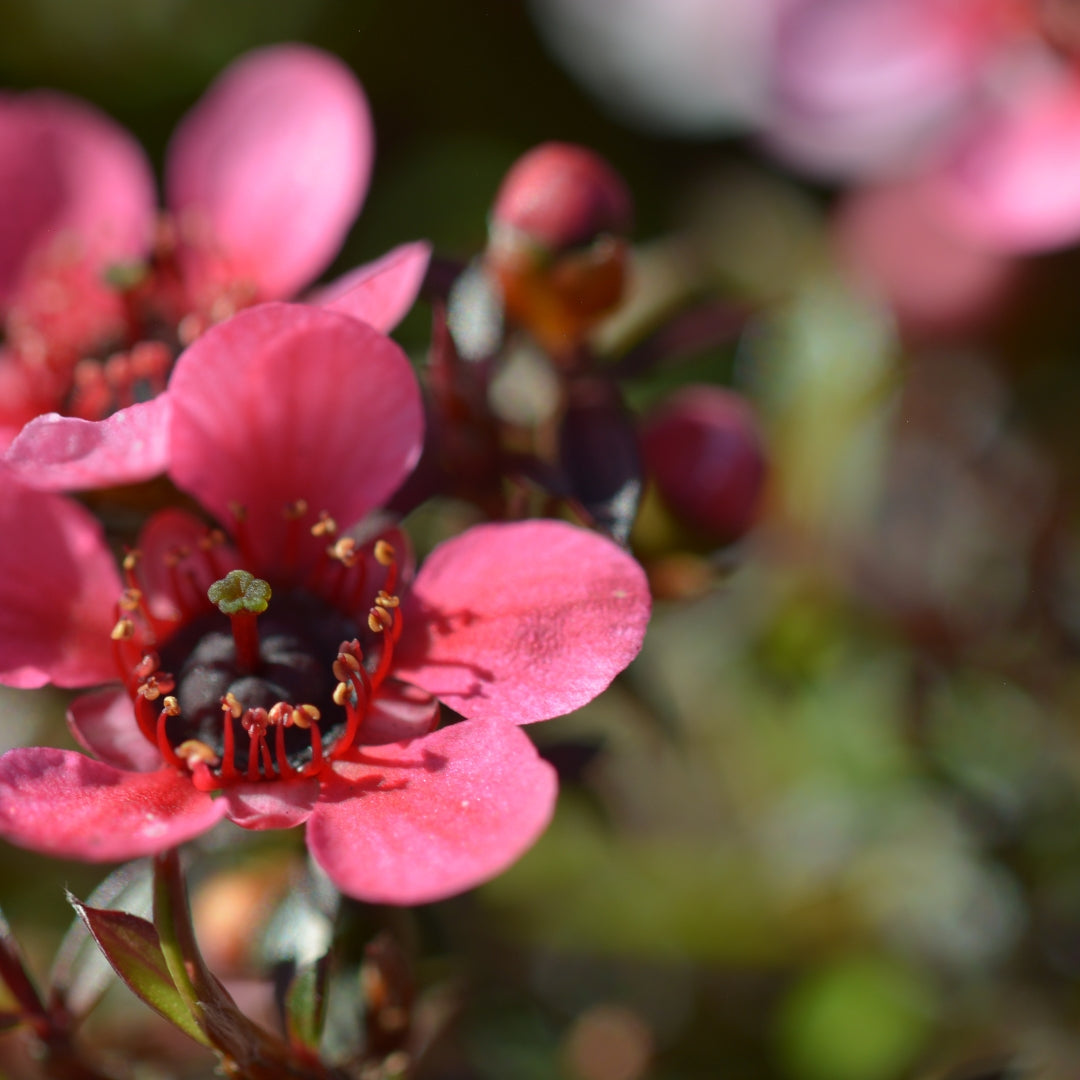How to Treat Melasma
Although melasma and hyperpigmentation look very similar, there are subtle differences between melasma and hyperpigmentation.
Hyperpigmentation
Hyperpigmentation is an umbrella term used to describe specific conditions such as dark marks, sun spots and melasma.
Sunspots and dark spots are unilateral and can cover any area of the body and be any shape or size. They can arise due to inflammation or trauma to the skin such as cuts, rashes, repeated sun exposure and topical products causing inflammation. Sun spots and dark spots are less resistant to treatment and there is also less risk of relapse.
Melasma
Melasma is a brownish pigmentation that affects the face and occasionally the forearms and back. The global prevalence of melasma is approximately 1%, although there is greater preference for people with darker Fitzpatrick skin types (III–V), particularly in people of Latin American (9–30%), South-East Asian and South Asian (approximately 40%) ethnicity.
What causes Melasma?
Although the pathogenesis of melasma remains unclear, it has been recognised as a disorder of photoageing. There are several factors identified as a leading cause for increase in melanocyte activity:
- Excessive sun exposure,
- Changes to hormone levels,
- Acne and heat can cause inflammation of the skin, thus triggering our body to produce excess melanin, and
- Some medicines and medical conditions can also trigger melasma.
What does melasma look like?
Melasma is often presented as brown patches affecting the face and upper body. It is usually symmetrical (affects both sides of the body).
How to Treat Melasma
Melasma can be slow to respond to treatment, particularly if the condition has been present for many years. Treatments include melasma creams, lotions and chemical peels.
Hydroquinone
Hydroquinone inhibits Tyrosinase activity and the production of melanocytes.
Hydroquinone is commonly used at concentrations from 2 to 4% but can be prescribed in strengths up to 10%. Hydroquinone 2% is available over the counter in Australia.
Hydroquinone monotherapy can be effective in treating age spots but a combination of hydroquinone formulated with other agents, such as retinoids, antioxidants, glycolic acid, zinc and corticosteroids is required for the treatment of melasma.
The most successful formulation has been Kligman’s formula, which is a combination of hydroquinone, tretinoin and dexamethasone in a cream base. This has been found to result in improvement or clearance in up to 60–80% of patients treated and is still considered the gold standard in the treatment of melasma.
Hydroquinone have been known to cause ochronosis in those with darker skin during long term use (such as greater than 6 months) and at much higher concentrations. For this reason, we recommend specialist advice if you are considering long term use.
Chemical peels
Chemical peels with active ingredients such as alpha hydroxy acids (AHAs; eg 6–12% glycolic acid creams/lotions) and beta hydroxy acids (BHAs; eg salicylic acid) have also been shown to be useful in the treatment of melasma as they can remove surface skin and decrease the physiological activity of tyrosinase. A series of 3–6 peels may be required to show benefit.
Retinoids
Retinoids exert multiple biological effects that result in skin lightening including the modulation of cell proliferation, differentiation, and cohesiveness; induction of apoptosis (cell death); and expression of anti-inflammatory properties. It is effective in treating age spots and dark spots when used alone.
Third-generation retinoids, adapalene and tazarotene, are synthetic topical agents that are also effective in the treatment of age spots and dark spots with less irritation.
Isotretinoin is a naturally occurring, first-generation retinoid that is available in both oral and topical formulations.
Retinoids are not recommended during pregnancy and a prescription is required.
Niacinamide
Niacinamide has shown to be effective in the treatment of hyperpigmentation by reducing the transfer of melanin to the upper skin layers. When compared to Hydroquinone in a double-blind study, post-treatment biopsy showed Niacinamide 4% was as effective as Hydroquinone 4%, although results were seen at 8 weeks and 4 weeks respectively. However, this is rarely seen in practice.
Azelaic Acid
Azelaic Acid is a Tyrosinase inhibitor and concentrations of 5-20% twice daily has shown to be beneficial in the treatment of epidermal melasma.
L-Ascorbic Acid (Vitamin C)
Inhibits the activity of Tyrosinase and has been subject to numerous studies to demonstrate positive results for the treatment of hyperpigmentation.
Vitamin C is that it can cause irritation in those with sensitive skin (Vitamin C requires an acidic pH to be effective) and is highly unstable when exposed to light and air.
Final Thoughts
To prevent relapse, daily use of sunscreen with a minimum SPF30+ is non negotiable. Sunscreen prevents future blotchy patches from recurring so you're not undoing all the hard work you have put in to the treat the pigmentation.
References:
1. Doolan, B et al (2021) "Melasma". Australian Journal of General Practice. vol50, issue 12.
2. Sarka, R et al (2013) "Cosmeceuticals for Hyperpigmentation: What is available?." Journal of Cutaneous and Aesthetic Surgery. Jan-Mar; 6(1): 4–11. doi: 10.4103/0974-2077.110089
3. Navarette-Solis, J (2011) "A Double Blind, Randomised Clinical Trial of Niacinamide 4% vs Hydroquinone 4% in the Treatment of Melasma." Journal of Dermatology Research and Practice. doi: 10.1155/2011/379173
4. Banyopadhayay, D (2009). "Topical Treatment of Melasma." Indian Journal of Dermatology. 2009 Oct-Dec; 54(4): 303–309.



